
Redesign Your School Athletic Pavilion | 2014 National High School Architecture Competition #285
Our schools’ gyms are not in the best set up. The 8th floor gym is on a too-far-away floor and it is too humid, the 1st floor gym is too noisy and it disrupts the auditorium, the basement yoga room is, again, on a too-far-away floor, and the pool gym room stinks up the humid basement. Honestly, the only gym that I’m truly proud of our school to have is the 1st and 2nd floor gym at the Northern side of the building. It is space efficient for combining a running track and a basketball court, highly sound proof, it’s linked to the locker rooms, and because it’s on the 1st floor it allows for people who are visiting to watch the games to find the gym easier.
My ideal gym for the school is to be placed at the heart of the building. It should be at the center section of the 4th floor, where people would be able to get to their gym class on time and them arrive to their next classes on time. This gym should also be connected with 2 different facilities, and what I would do is place a running track around the basketball court. Also, like any modern day basketball court, other sports should also be able to be played in it by a simple change of the net. Basketball, volleyball, indoor soccer, and tennis could be played on this court. Right acrossthe gym should be a boy’s locker room and a girl’s locker room, with available bathrooms and water fountains.
Of course, because the gym would be in the center section there would be no natural light or windows. The gym would need plenty of artificial lighting and ACs. Also, to not disrupt neighboring classes, the gym should be made of material that would suppress the sound of running feet and yelling teens. The fire exits should be placed nearest to the entrance of the staircases, with a total number of 4 fire exits. And overall, the place should look appealing to the majority of the people with the walls being painted with a light shade of blue.

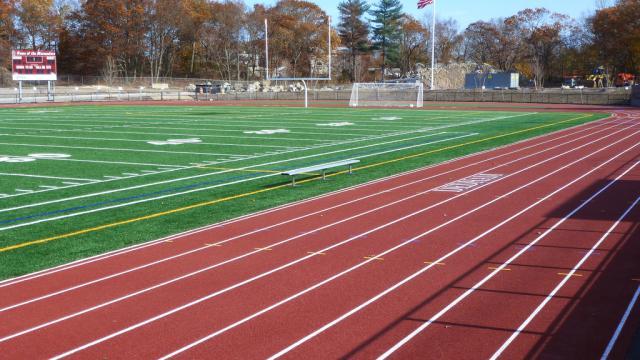

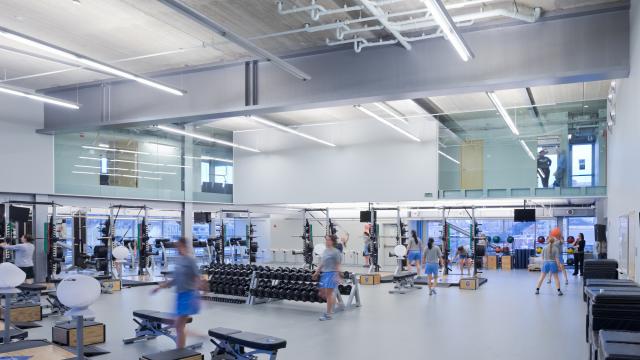
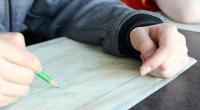
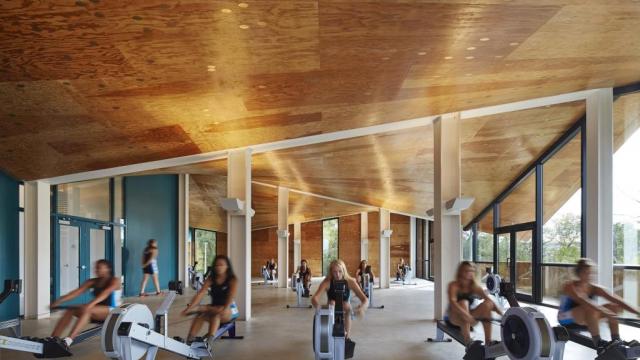

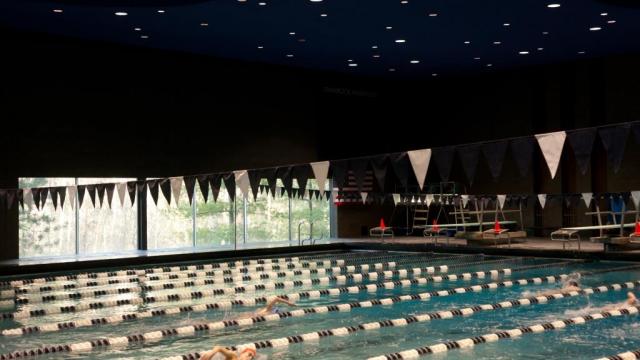

Comments
You're off to a good start. I like your analysis of the challenges with your existing gym and the areas you'd like to see improved. I'm sorry you didn't have the chance to finish the project.